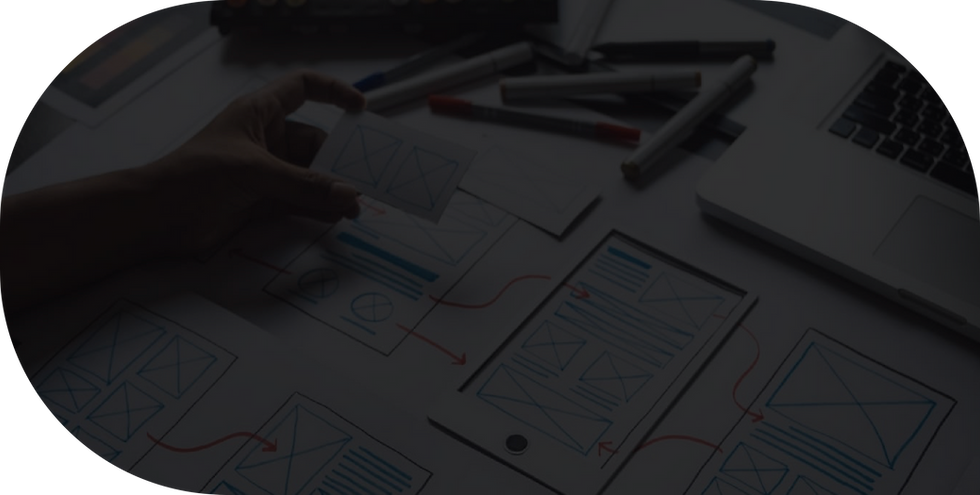
UX Case Study


“President Trump signed the "Coronavirus Aid, Relief, and Economic Security Act" (the CARES Act) on the afternoon of March 27, 2020, following voice-vote approval earlier in the day by the US House of Representatives and a unanimous 96-0 vote by the US Senate on March 25. The CARES Act’s estimated $2+ trillion price tag includes extraordinary public health spending to confront the COVID-19 pandemic; immediate cash relief for individual citizens; a broad lending program for small businesses; and, targeted relief for hard-hit industries”.

Problem Statement
Bank of America was involved in financial aid distribution to US Citizens during pandemic situations, as a B2C company, they were moving from manual documentation to automation as they had time constraints with financial loans. They needed help in developing an automation application that can help consume documents, classify data from documents, extract the required information from documents and help the data match with required criteria. they needed to encompass a User Experience that would engage & educate not only customers but also bank staff.
UX Approach

Our Solution
When it comes to a fintech website, communicating much information in a minimal & aesthetically pleasing manner is a tough nut to crack. With many millennials looking for credit & borrowing solutions online, having a text-heavy website with no trace of aesthetic modernity wasn’t the ideal set-up. The existing setup failed to deliver delight to the eyes and was not able to deliver a great user experience as well. We partnered with Rubique to change that - for good.

Immediate Financial Relief to US citizens
US Banks to come forward for assistance
loan sanctions Based on tax filled
Loan Limit based on income
A Quick Loan approval process
Instant notification
User Research
For the research, I already had enough data about who the users were as before my role as the designer, I have previously worked in the Marketing department where I got to be part of the process from letting users know about the product to them using the product. The marketer is also usually the first point of contact when users need any clarification or help as regards their loan. Here are the things I learned:
- People have more confidence in a product when they know that there is an app in the App store where they can download and do all they want by themselves.
- Because of rampant online financial scams, people are usually sceptical of trying new products especially when they don’t have a physical office very close to them where they can walk in to complain.
- Users always like to be able to track their loans and do things by themselves instead of having to ask a third party all the time
- A good mobile app builds trust and confidence.
- Nigerians are very sceptical about trusting their money and personal information with people and it is very important to design something that feels comfortable and trusting.

User Journey

Information Architecture
Making the onboarding process easy and making users feel at ease from the beginning
Adding features that existing customers used to have to call marketers or customer success representatives to help them with earlier. This includes:
- Loan Topup application process
- Loan liquidation
- Manual Repayments
Made the entire process as straightforward as possible; remove all unnecessary steps.


Wireframe


Digital Design
The loan application process was made simple. Choose an amount and put in all requested information and then the application automatically goes into processing. Our process is also tailored in a way that users can get their loans in under two hours!


Conclusion
The aforementioned five key methods to improve the usability of financial service is only a small part of all the possible user research methods. The main purpose of all of them is to collect as much information as possible about users' behaviours in order to create the right product for them. Without user experience research, it is almost impossible to create a product that fully solves users' problems in a manner that is quick and completely understandable.
The main reason for this is that a business' perception and knowledge sharply differs from a product's end users’ behaviour. So, the business has to get to know and research their users to create a product that they love to use and recommend others to use it as well.

